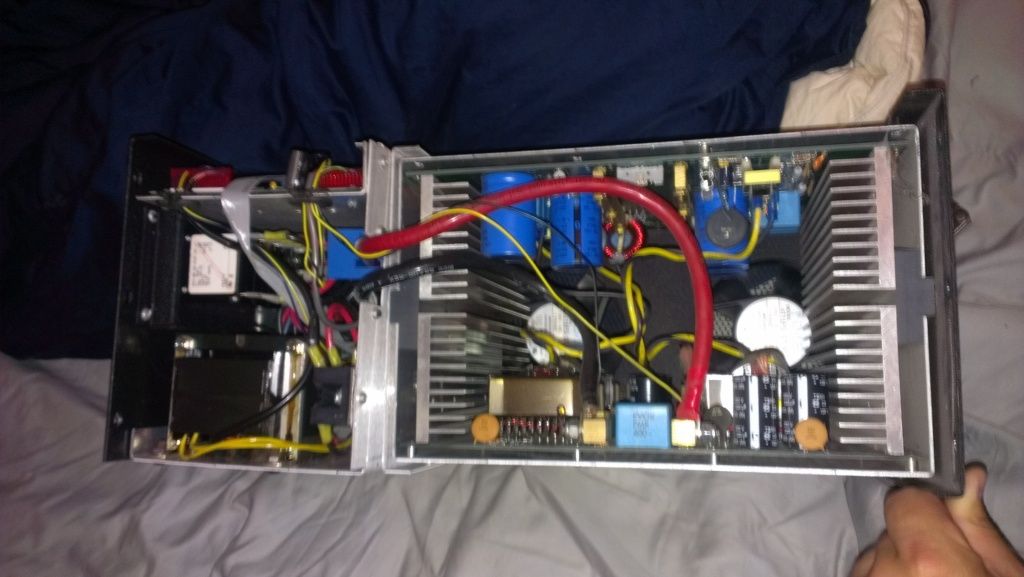Hey guys,
I have this decent sized 3 phase rectifier and want to strip some parts out of it (4 transformers, 4 decent sized caps and 4 smaller caps along with some other bits) My question is what are the odds that the caps are discharged and what would a good idea to discharge them be?
I want this thing out of my room but to be honest I am wary of touching it.
I have this decent sized 3 phase rectifier and want to strip some parts out of it (4 transformers, 4 decent sized caps and 4 smaller caps along with some other bits) My question is what are the odds that the caps are discharged and what would a good idea to discharge them be?
I want this thing out of my room but to be honest I am wary of touching it.





